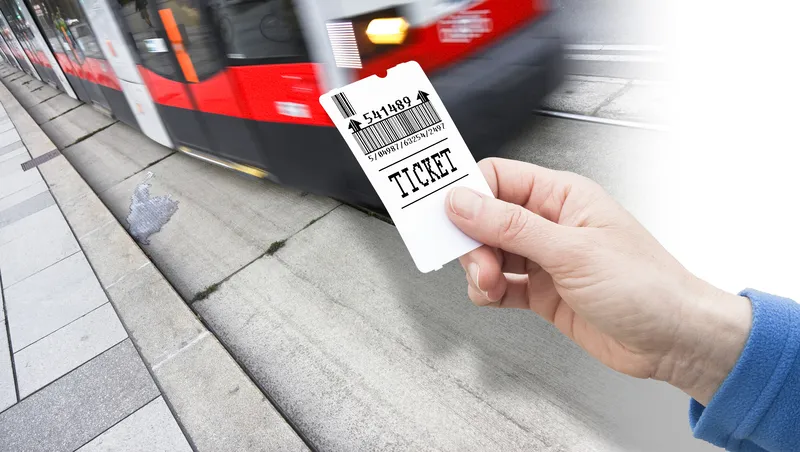The European Assistant (Aiding SuStainable Independent Senior TrAvellers to Navigate in Towns) project which will develop an ICT application to help older people to make unfamiliar trips on public transport has been launched. The three year project will develop an application for the home PC and smartphone that will be designed to help older travellers plan their public transport journeys and then receive guidance during their journey. This guidance will help them to find the bus that they need, warn them w
July 24, 2012
Read time: 2 mins
RSSThe European Assistant (Aiding SuStainable Independent Senior TrAvellers to Navigate in Towns) project which will develop an ICT application to help older people to make unfamiliar trips on public transport has been launched. The three year project will develop an application for the home PC and smartphone that will be designed to help older travellers plan their public transport journeys and then receive guidance during their journey. This guidance will help them to find the bus that they need, warn them when to get off the bus, when and where to change to another route, and will also provide assistance if something goes wrong.
The application will be designed to help users who are unfamiliar with the local public transport system either because they are visiting somewhere that they do not know well, or because they are beginning to use public transport again after losing the ability to drive. It will also offer help with the difficult last mile of a journey from the point at which you get off public transport to your final destination.
The project involves eight partners from five countries with an overall cost of €2.7 million (US$3.27 million). It is a project that is supported by the Ambient Assisted Living (AAL) Joint Programme, which is funded by the1690 European Commission and the National Contact Points for the AAL programme in each partner’s country. The Assistant application is expected to come to market by 2017.
The application will be designed to help users who are unfamiliar with the local public transport system either because they are visiting somewhere that they do not know well, or because they are beginning to use public transport again after losing the ability to drive. It will also offer help with the difficult last mile of a journey from the point at which you get off public transport to your final destination.
The project involves eight partners from five countries with an overall cost of €2.7 million (US$3.27 million). It is a project that is supported by the Ambient Assisted Living (AAL) Joint Programme, which is funded by the










